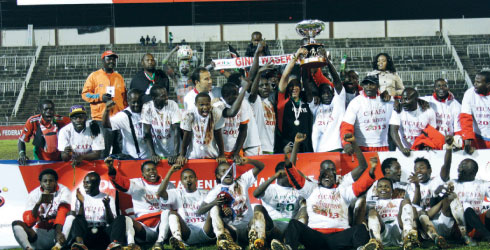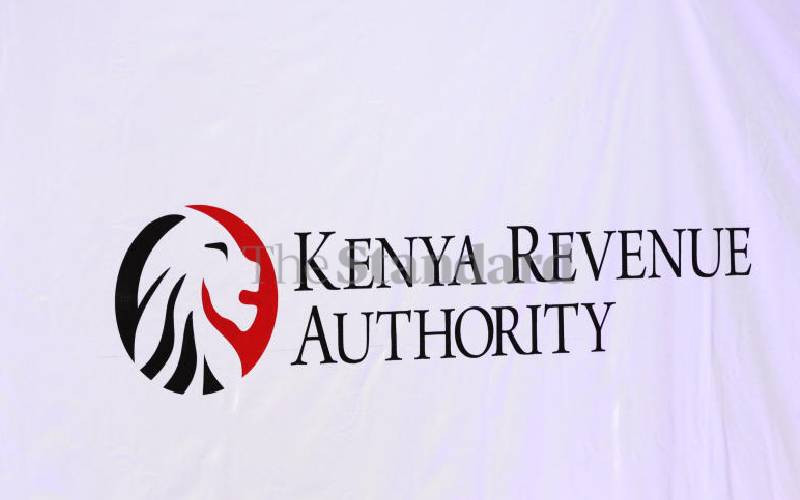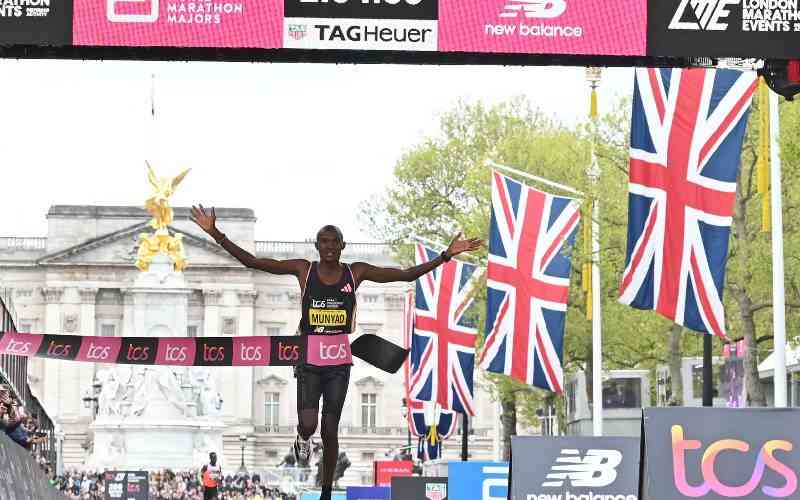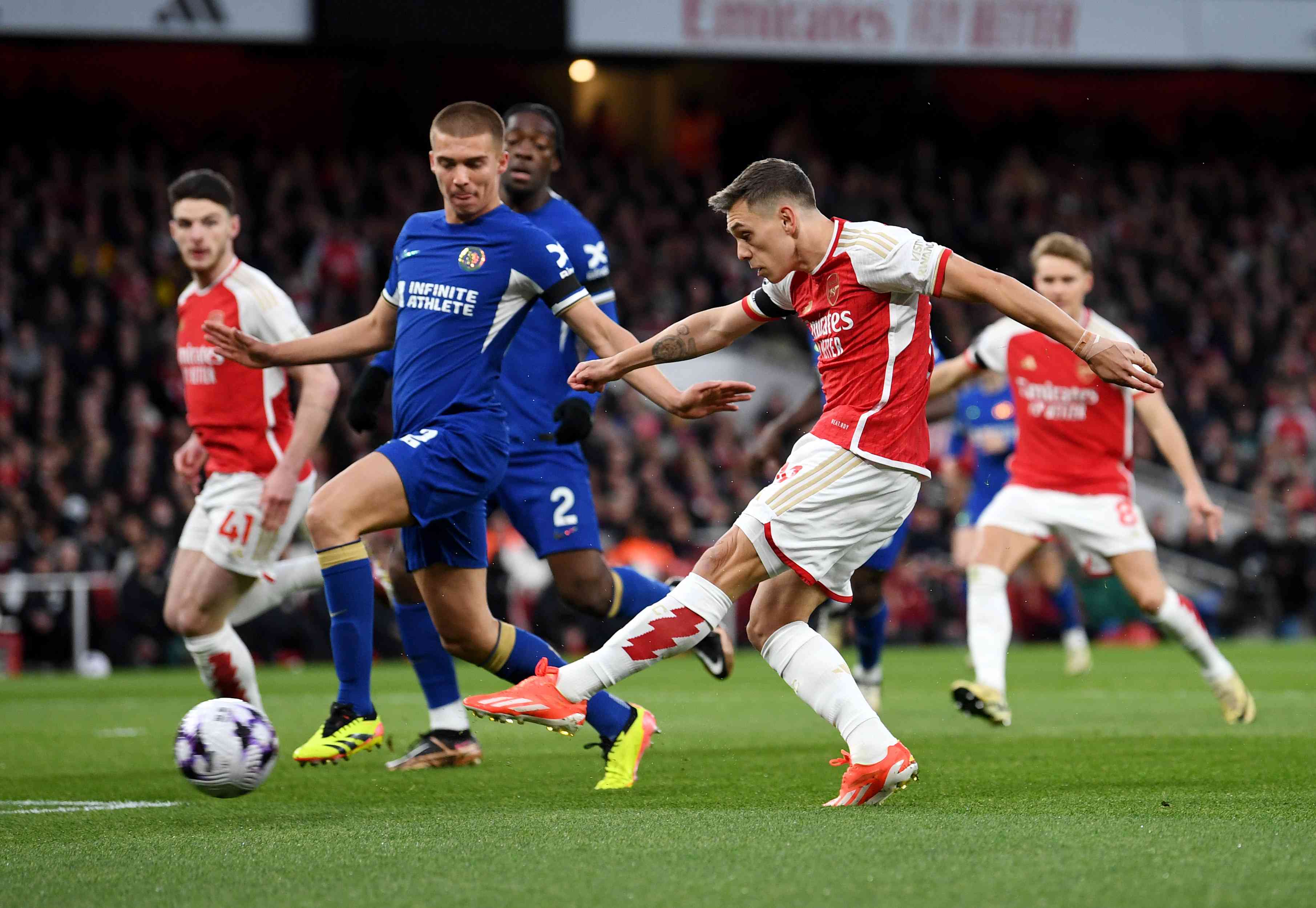By GISHINGA NJOROGE
KENYA: Suddenly, Kenya’s national football team looks good. They are champions of East and Central Africa.
And that is after a great performance during the Cecafa (Council of East and Central Africa Football Associations) Senior Challenge Cup tournament concluded on Wednesday night.
Harambee Stars’ run through the tournament had emphatic wins. Five victories out of six matches. And in the final against Sudan on Wednesday, the highlight was Kenya’s complete dominance in a thrilling 2-0 victory over Sudan.
In the end, you could say that only Ethiopia, on the opening day’s 0-0 draw on December 27 could hold a candle against a Harambee Stars’ side that was so rampant, looked like they really enjoyed playing throughout the tournament, and were a class above 11 other teams, including, can you believe, African champions of as recent as 2012, Zambia; and leave the recent three-time champions of Challenge Cup, Uganda.
Just from the men selected, and based on their documented attitude in normal season performance in the Kenya Premier League and (just one) in the Tanzania Vodacom League (Joackins Atudo of Azam), this column felt Adel Amrouche had picked the right men to do a job and indeed, right way predicted they would be the best team in the tournament and perhaps meet Zambia in a dream final.
It almost happened, and then in the semi-finals, Zambia were sucker-punched by Sudan, relinquishing a 1-0 lead in extra time in Mombasa to go down 1-2.
The tournament was only a confirmation that Ade Amrouche had put together a side as skilled, and especially in the final against Sudan, as that of illustrious predecessors Uganda Cranes.
Harambee Stars played most accomplished and effective football. See their run: 0-0 v Ethiopia, 3-1 v South Sudan, 2-0 v Zanzibar, 1-0 v Rwanda, 1-0 v Tanzania Mainland, 2-0 v Sudan.
They moved the ball, they scored, they continued to press, they defended -- total football; they were wonderful.
In the semi-final against Tanzania Mainland on Tuesday, they really came to the fore.
Had a definite game plan, had players with an array of technique to execute it, the most sophisticated being the midfield conspiracy of Francis Kahata, Peter Opiyo and Anthony “Teddy” Akumu, the one-man army rapid deployment force on the right wing Edwin Lavatsa, and the troops dug in at the rear guard trenches, James Situma, Joackins Atudo, David Owino and Aboud Omar.
The final was epic if only because of the way Harambee Stars ravaged a disbelieving Sudan — to win 2-0.
Yes, unbelievable stuff. In just 16 days, the face of the Kenya national football team changed.
And thousands in Machakos, Nakuru, Mombasa and Nairobi who have always had faith with local lads were dying of sheer happiness at the splendid turn of events.
Harambee Stars had not won the Challenge Cup since 2002 when in Mwanza, captain Robert Mambo led them to victory over Tanzania, the now almost legendary squad comprising: Victor Onyango, Adam Shaban, Daniel Agina, George “Japheth” Waweru, Philip Opiyo, Anthony Mathenge, Edward Karanja, Titus Mulama (Godfrey Osama), Francis Chinjili (Dennis Oliech), Paul Oyuga (John Baraza).
Virtually since Jacob “Ghost” Mulee coached that team to the famous victory and later led them to their last Africa Cup of Nations finals in Tunisia in 2004, Kenya, a beaten, demoralized and bedraggled team, has spent the last nearly a decade, wearing a permanent scowl.
Against the wildest expectations of most, it was unbelievable how the team was remarkably at ease during this year’s Challenge Cup.
In jubilation after winning the Thursday night final, they put on pre-designed celebratory ‘T’ Shirts co-incising with the “Kenya at 50” Independence anniversay and marking the demise of the world icon Nelson Mandela saying, “RIP Mandela”.
It demonstrated the confidence the team had beforehand that they would surely win the final.
This was a spirited team and many of the young men in it, if they keep their heads, are poised to be stars.
Well done the Harambee Stars, Adel Amrouche and the team’s supporters who never lost faith.
And from the looks of it, those numbers of admirers will leap frog tenfold. New recruits will be from those frontiers, outside, Nairobi, where the team used to be a mystery. This time it toured, for the very first time, Machakos County, and returned after decades to Mombasa and Nakuru where it was highly-appreciated.
Harambee Stars’ absolutely accomplished performance put glow in this year’s Challenge Cup. Most team’s determination to play good football and genuinely aim to win also helped to camouflage near-impossible hurdles in the competition.
From the very beginning, there was nearly no money at all, or just peanuts, to cover the big budget.
To comfortably run a Cecafa event, comprising 12 nations at any level, from age-group to women’s football, you require, at the very minimum, Sh57 million.
The Local Organising Committee (LOC) had just about Sh15 million and most of it pegged on mere pledges. This year coincided with the running out of a previous sponsorship deal Cecafa had with East African Breweries Limited.
Cecafa did not have a cent.
Whoever hosts the Challenge Cup, or any other Cecafa event next year, will have an easier time. SuperSport International have bought the broadcast rights of Cecafa events for the next two years.
There is also confidence that EABL will be back on board next year, especially if the Challenge Cup is held in the popular football hosting destination, Tanzania, and Dar es Salaam, in particular.
Previously, with sponsorship money, Cecafa were able to give LOC’s basic capital to launch tournaments. That could not happen this year, leaving Football Kenya Federation (FKF) to finance everything.
But FKF had insisted the tournament must be in Kenya this year, having been denied the year before when Cecafa felt FKF could not adequately host it.
The shambolic treatment of teams at this year’s event could not be kept below the surface and what happened to some of them in hotels where they lived was of embarrassment of mammoth proportions.
The LOC had no clue of where to get money to pay hotel bills. Some of the hotels were understanding, especially individual operations of Hill Park Hotel — of Joe Wanjui — at Upper Hill and PCEA’S (church institution) Milele’s superb facilities at Nairobi South C.
They, it must be appreciated, tried as much as possible to be humane to international visitors, even though there was no evidence that their bills, running to millions of shillings, would be paid.
This event should never have been held in Kenya if the LOC had no idea where they would get the money. Sometimes it is better to swallow the bitter pill on realization that what you desire cannot be realised.
You cut your coat according to your cloth.
Late in the day, cancellation was the sensible recommendation of most Cecafa members. When there was still time, the option was to move it from Kenya to another venue, such as Dar es Salaam, Khartoum or Kigali, where Cecafa experience is that, even without sponsorship, the, individual, corporate and Government goodwill is so much that you can arrange for a tournament overnight.
When FKF would not hear of it, it was a case of “Mtoto akililia wembe, mpe,” (if a child cries for a sharp razor, give him).
Apart from Joe Wanjui, PCEA, among the hoteliers, and if not for Alfred Mutua, Hassan Joho and Kimani Mbugua — you know the distinguished Kenyans — this year’s Challenge Cup would not have kicked off, let alone, been concluded.
Some like Governor Mutua were let down by football organisers who took Machakos County money and delivered services well past deadline or not at all. Governor Joho felt like he was being blackmailed in the end, to pay Sh10 million when he had already done so much to accommodate the tournament.
Governor Mbugua came in with a last-minute salvation and his Nakuru’s Afraha Stadium became one of the most comfortable venues because it was not rain-hit like Machakos and Nairobi.
Then when the S*** hit the fan about money, some cartoon rogues went with the script that it was all Cabinet Secretary Hassan Wario’s fault. That he owed them a favour to produce all the money to host the event.
The Government had very much in suitable advance told the LOC they would not give them money, but guaranteed them of other vital, and very expensive, support such as security.
But didn’t everyone know that the modus operandi in this country, of especially football administration, is to do things that require lots of money, create a national embarrassment for Government, who in the end have no choice but to clean up?
That is precisely what happened. It was common knowledge that Secretary Wario was aware of the characters who would mishandle Government money if it was handed directly to them.
So he wisely refused to give them the money.
Some completely lack tact and actually bite the hand that feeds them. They were at it again, setting up Dr Wario for lampoonery. The attention seekers were even inclined to provoke the mobs against Government, Dr Wario and Governor Joho.
In the end, there was commitment from the Cabinet Secretary that the poor hoteliers and transport suppliers will be paid the debts incurred by the Challenge Cup, directly from Government. Hopefully Dr Wario will expedite that.
But all the kudos go to the Harambee Stars boys and Adel Amrouche. It was because of them there is now a great happy football mood and that was a fine closing show of the opening day of the Kenya @50 celebrations that will continue for an extended period.
Harambee Stars, way to keep going, boys!
 The Standard Group Plc is a multi-media organization with investments in media
platforms spanning newspaper print operations, television, radio broadcasting,
digital and online services. The Standard Group is recognized as a leading
multi-media house in Kenya with a key influence in matters of national and
international interest.
The Standard Group Plc is a multi-media organization with investments in media
platforms spanning newspaper print operations, television, radio broadcasting,
digital and online services. The Standard Group is recognized as a leading
multi-media house in Kenya with a key influence in matters of national and
international interest.
 The Standard Group Plc is a multi-media organization with investments in media
platforms spanning newspaper print operations, television, radio broadcasting,
digital and online services. The Standard Group is recognized as a leading
multi-media house in Kenya with a key influence in matters of national and
international interest.
The Standard Group Plc is a multi-media organization with investments in media
platforms spanning newspaper print operations, television, radio broadcasting,
digital and online services. The Standard Group is recognized as a leading
multi-media house in Kenya with a key influence in matters of national and
international interest.










